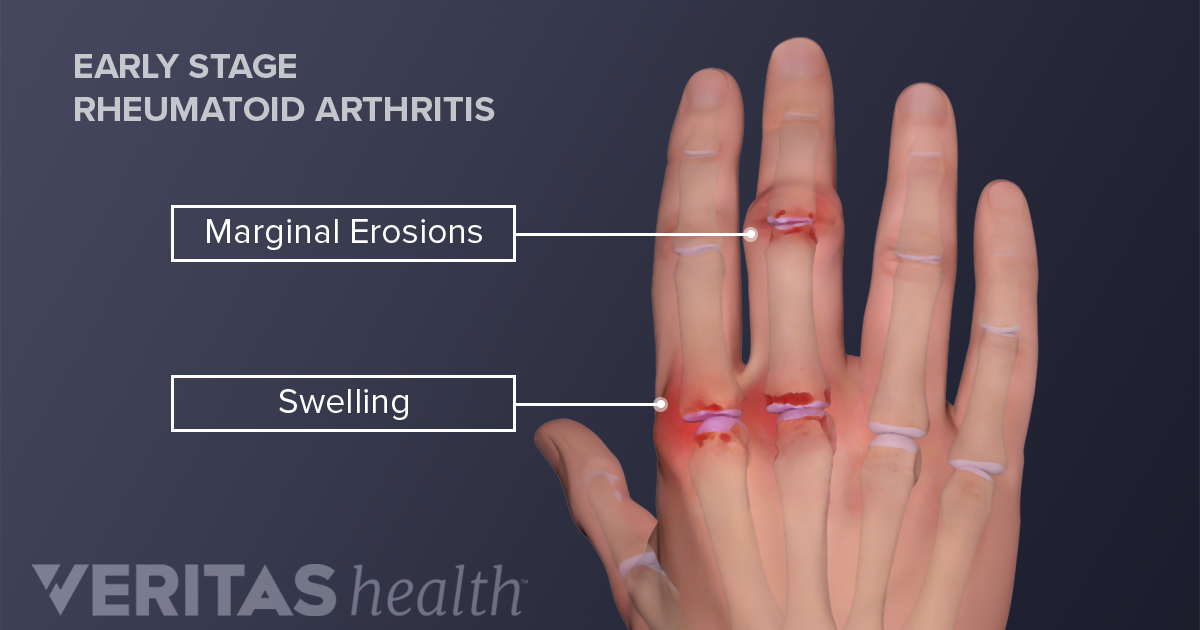
Elevation. Anytime you are sitting or lying down, raise the injured area with pillows while applying ice. If you can keep the area at or above the level of your heart, it will help minimize swelling.Īdvil or Motrin (ibuprofen) and Aleve or Naprosyn (naproxen) are nonsteroidal over-the-counter anti-inflammatories that help relieve pain and swelling.If you think you need to use compression for longer than 48 to 72 hours, contact your doctor to make sure there’s not a more serious problem. Don’t wrap too tightly as this can cause swelling below the affected area. Check the wrap and look for signs that the bandage is too tight (numbness, tingling, increased pain, coolness, or swelling) in the area below the bandage. If the bandage gets too tight, loosen it.

Wrapping the injured or sore area with an elastic bandage (such as an Ace bandage), helps decrease swelling.
#What happens when you jam your thumb skin#
Apply it for 10 to 20 minutes at a time – three or more times a day. If the swelling is gone after 48 to 72 hours, you can apply heat to the area. Never apply ice or heat directly to the skin – place a towel between the cold or heat pack and the skin. Apply ice or cold pack immediately to prevent and reduce swelling. Rest and protect the sore or injured area. Take a break, change, or stop any activity that is causing the pain or soreness. This treatment should be used as soon as possible after a sprain to relieve pain and swelling, as well as promoting healing and flexibility. Treatment for sprains includes rest, immobilization, ice, compression, and elevation. An easy way to remember this treatment is to use the acronym RICE: Rest, Ice, Compression, and Elevation. A bulge is common at the site of a complete tear, along with as numbness or tingling. Third-degree sprains completely tear the ligament with a pop or snap at the time of the injury. Sometimes less than with a partial tear, symptoms include mild to severe pain, swelling, and bruising. Joints feel loose or wobbly with a grating sound when trying to move them. The joint may be mild to moderately unstable and look bruised. Second-degree sprains partially tear the ligament. There may be a pop or snap that’s felt or heard at the time of the injury. Moderate to severe pain and swelling restricts movement. The joint moves normally but is typically painful. The joint is stable and is not loose or wobbly. Sprains are injuries to the ligaments, connecting one bone to another. Sprains are sometimes mistaken for broken bones because the injury can cause both a sprain and a fracture in the same area. Symptoms can be mild or severe, and are classified as first-degree, second-degree and third-degree sprains.įirst-degree sprains are when the ligament is stretched but not torn. There is usually mild to moderate pain and swelling. The effects of gravity can cause bruising and discolored skin in the fingers after a wrist or hand injury, even though that was not the area that suffered the blow or impact. Pain can be sudden and severe, with bruising and swelling in the area soon after the injury.

SUDDEN (ACUTE) INJURIESĪ direct blow, penetrating injury, fall, or twisting, jerking, jamming, or bending a limb abnormally can cause an acute injury. When we age, we lose muscle mass and bone strength (osteopenia) putting older adults at higher risk for injuries and fractures. Balance and vision problems also increase the risk of accidental injury. In children, injuries at the end of a long bone near a joint may damage the growth plate (physis) and always should be examined by a doctor. Most finger, hand, or wrist injuries in children occur during sports, play or from accidental falls. The same is true for higher-speed sports, such as biking, in-line skating, skiing, snowboarding, and skateboarding. Other sports that bear weight on the hands and arms (such as gymnastics), increase the risk for injury. There is also an increased risk of injury for sports that use hand equipment such as ski poles, hockey or lacrosse sticks, or racquets. Wrestling, football, soccer, and other contact sports have a higher risk of finger, hand, or wrist injury.



 0 kommentar(er)
0 kommentar(er)
